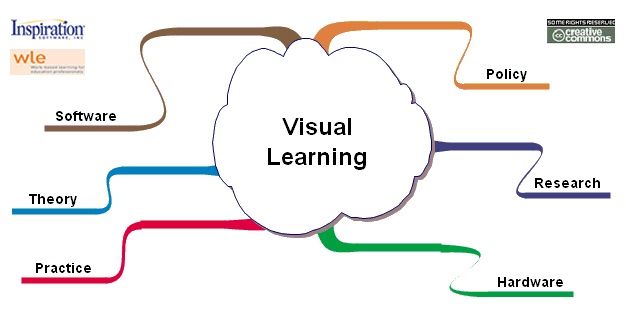4.1 Visual Learning
Introduction
Let me introduce Section 4.1 by presenting a visual below (Figure 4.2) on its organisation.

Source: http://www.mirandanet.ac.uk (cc Creative Commons)
This section will be presented in five parts as illustrated in the table below:
|
Title |
Text Resources |
|
Theories on Visual Learning |
J. Cuthell: Towards a Theory of Learning Elaine Huei: A Review of Learning Theories from Visual Literacies http://coe.ksu.edu/jecdol/Vol_5/pdf/visual_literacy_final.pdf |
|
Hardware |
U. Reddy and S. Mishra: Hardware and Software of Multimedia Development |
|
Software |
U. Reddy and S. Mishra: Hardware and Software of Multimedia Development |
|
Practice |
T. Barrett: 36 Interesting ways to use Google Docs in the Classroom
|
| Using Copyrighted Materials | Multimedia tour (PowerPoint presentation) |
Which do you prefer and which do you think gives you a better sense of how the various parts of the lesson are related - the table or the visual? The visual way of presenting information of the various section of the section is called information visualisation which is different from Prof. Gosling's presentation of data information.
Learning Outcomes
By the end of this section, you should be able to:
- Explain the various visualisation techniques adding value to teaching and learning
- Differentiate between data visualisation and information visualisation.
- Discuss the relationships between learning styles and visualisation.
- Explore the various hardware and software technologies available to produce visual material.
- Determine the different copyright conventions regarding the use of intellectual properties.
Licensed under the Creative Commons Attribution 3.0 License